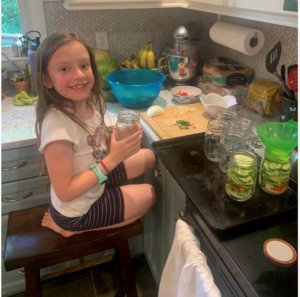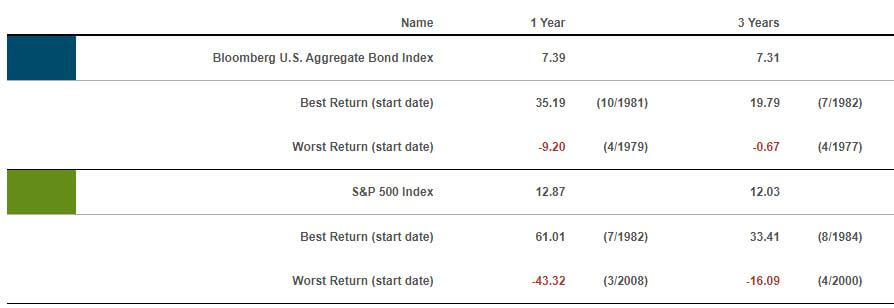Articles
Caught in a Pickle
01.31.2022
Summer has officially ended, and this was the make-or-break year for my small batch pickle operation. I started my journey into pickling four years ago and began with an heirloom canner given to my wife by a beloved family member. The canner has since gone missing, but that is a story for another day. This season, my objective was two-fold: make delicious pickles, and teach my daughter and son about basic economics. We have discussed the items needed for making our pickles and came up with the following list:
1. Jars
2. Lids
3. Seals
4. Cucumbers
5. Sugar
6. Vinegar
7. Top secret spices
The season began with a bang but quickly burnt out due to a beetle problem that emerged before the crops hit total production. I have some ideas about fixing this next season, so my dream of small-batch pickles will have to wait until next year. However, I did get a few jars under my belt and had my daughter alongside to learn the canning process.

Speaking of pickles, it looks like the bond market is finding its way into one as well since the Federal Reserve lowered rates to zero during the peak of the coronavirus. With inflation expectations continuing to rise, financial pundits and investors are concerned that we could be on the cusp of a bond market crash.
So, is this going to happen, and should we be concerned about the prospects of a bond market selloff if inflation continues to heat up?
The word ‘crash’ reminds me of many others that can mean something completely different, depending on where you stand. For example, it could mean 5%; for some or 50% for others, so it’s hard to discuss these topics when we aren’t all working from the same script. However, historically speaking, the bond market hasn’t experienced a crash. In fact, since 1970, the worst year for the Aggregate US Bond market index was -9.2%, as illustrated in the chart below.

When you compare the stock and the bond markets side by side, a few things stand out. First, the worst year in the last 45 years for stocks was about five times worse than bonds, and secondly, the worst three-year period was about 24 times worse. So in terms of relative risk, worrying about a bond threat should be secondary to the risk relative to an investor’s stocks in their portfolio.
While the last 18 months have taught us to expect the unexpected, investors should focus on controlling the risk of their portfolios by focusing more on the appropriate amount of stock rather than the effects that a bond “crash” could have on their portfolio.
Nathan Smith is a Portfolio Manager with Rather & Kittrell. Nathan is available at [email protected].